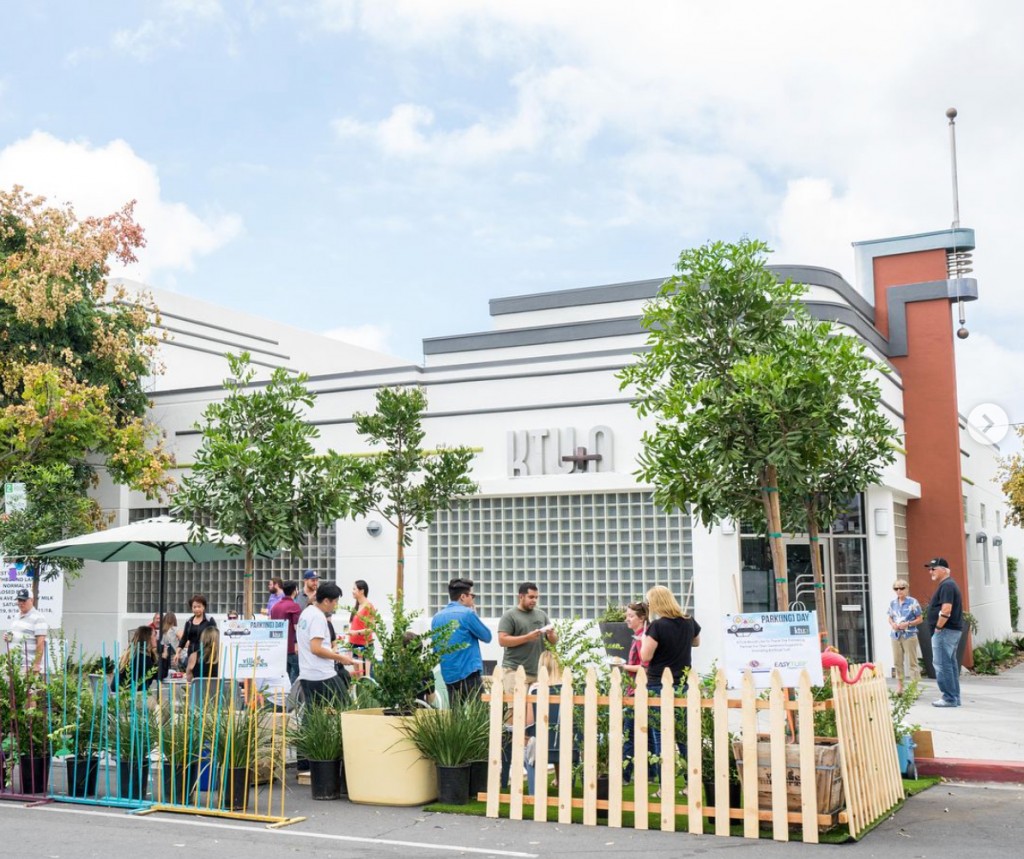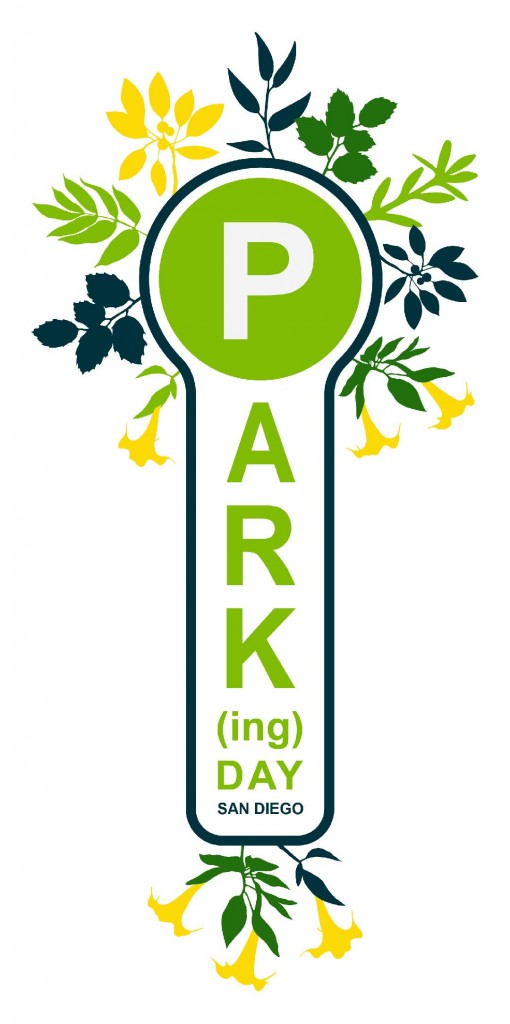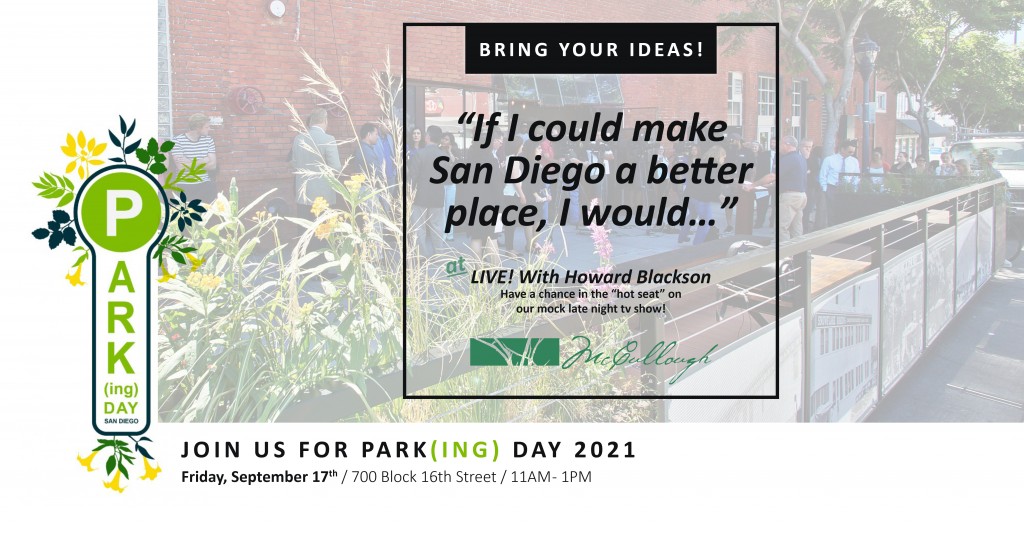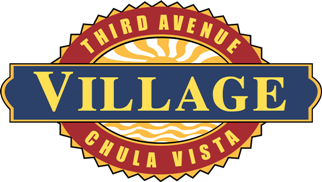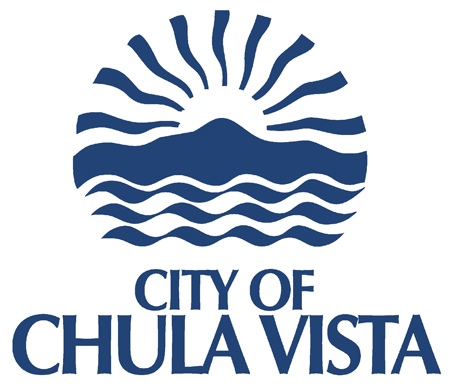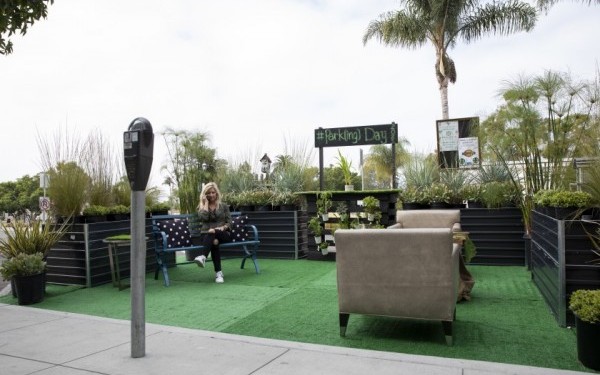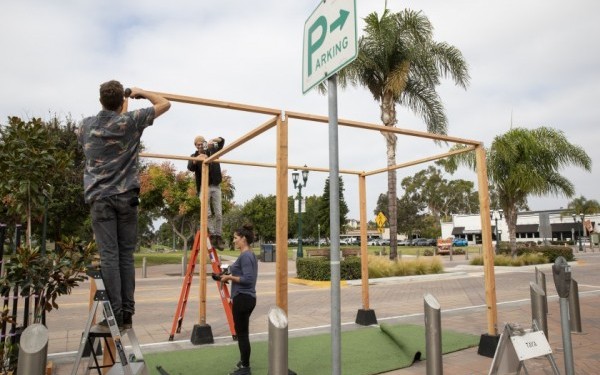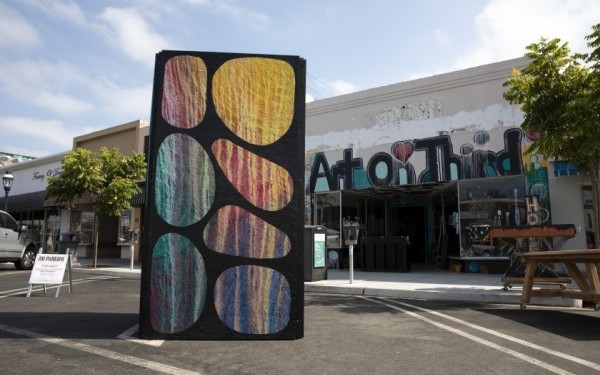In urban centers around the world, inexpensive curbside parking results in increased traffic, wasted fuel and more pollution. The strategies and values that generate these conditions are no longer sustainable, nor do they promote a healthy, vibrant urban human habitat. It’s time to rethink the way streets are used and to re-imagine the possibilities of the urban landscape!
A metered parking spot is an inexpensive short-term lease for a plot of precious urban real estate. What is the range of possibilities for creativity in a space usually dedicated to the storage of a private vehicle? Motivated by the desire to activate the metered parking space as a site for creative experimentation, political and cultural expression, and unscripted social interaction, PARK(ing) Day is a prototype for open-source urban design, accessible to all. In response, thousands of people around the globe—working independently but guided by common core principles—have created hundreds of “PARK” installations and formed an annual international event.
Urban inhabitants worldwide recognize the need for new approaches to making the urban landscape, and realize that converting small segments of the automobile infrastructure—even temporarily—can alter the character of the city. From public parks to free health clinics, from art galleries to demonstration gardens, PARK(ing) Day participants have claimed the metered parking space as a rich new territory for creative experimentation and activism.
The event continues to expand virally, over the Internet and by word of mouth. Since its inception in 2005, PARK(ing) Day has blossomed into a global experiment in remixing, reclaiming and reprogramming vehicular space for social exchange, recreation and artistic expression. The project now occurs annually in hundreds of cities in dozens of countries on every permanently-inhabited continent on earth.
Your installation is limited only by your imagination—and the future of this grassroots movement is in your hands. While PARK(ing) Day may be temporary, the image of possibility it offers has lasting effects and is helping to shift the way streets are perceived and utilized.
We challenge you to explore the full dimensions of urban social ecology, experimental design and creative vision in the humble parking spot. In deciding how to develop your PARK installation, and how best to participate in this event, we encourage you to investigate the range of social, cultural or ecological deficiencies in your particular urban setting. What is missing from your city or neighborhood?
Perhaps you have enough public parks, but there’s an intersection that is dangerous for pedestrians and needs traffic calming. Maybe you’d like to see more community gardens, citywide composting, dignified services for the homeless, or more poetry readings. Perhaps your city just needs more space to sit, relax and do nothing.
We hope PARK(ing) Day will cultivate your sense of civic pride, and we invite you to consider the role of you—the citizen—in conceiving, building and improving your local urban environment. In an encouraging turn of recent events, PARK(ing) Day has begun to have its desired effect: pioneering civil servants in cities like New York and San Francisco have taken the message of projects like PARK(ing) Day to heart, and have adapted temporary tactics as a method for incubating new urban programs and evolving the way we think about the design and craft of urban placemaking.
While this is a heartening trend, there is still much work to do. It is still, in large part, up to us—the artists and designers, the activists and urbanists—to take action, to demonstrate the vast possibility embedded in every metered rectangle of asphalt, to help our cities become healthier, more comfortable, more creative and more successful outdoor human habitat . . . at least until the meter runs out.
